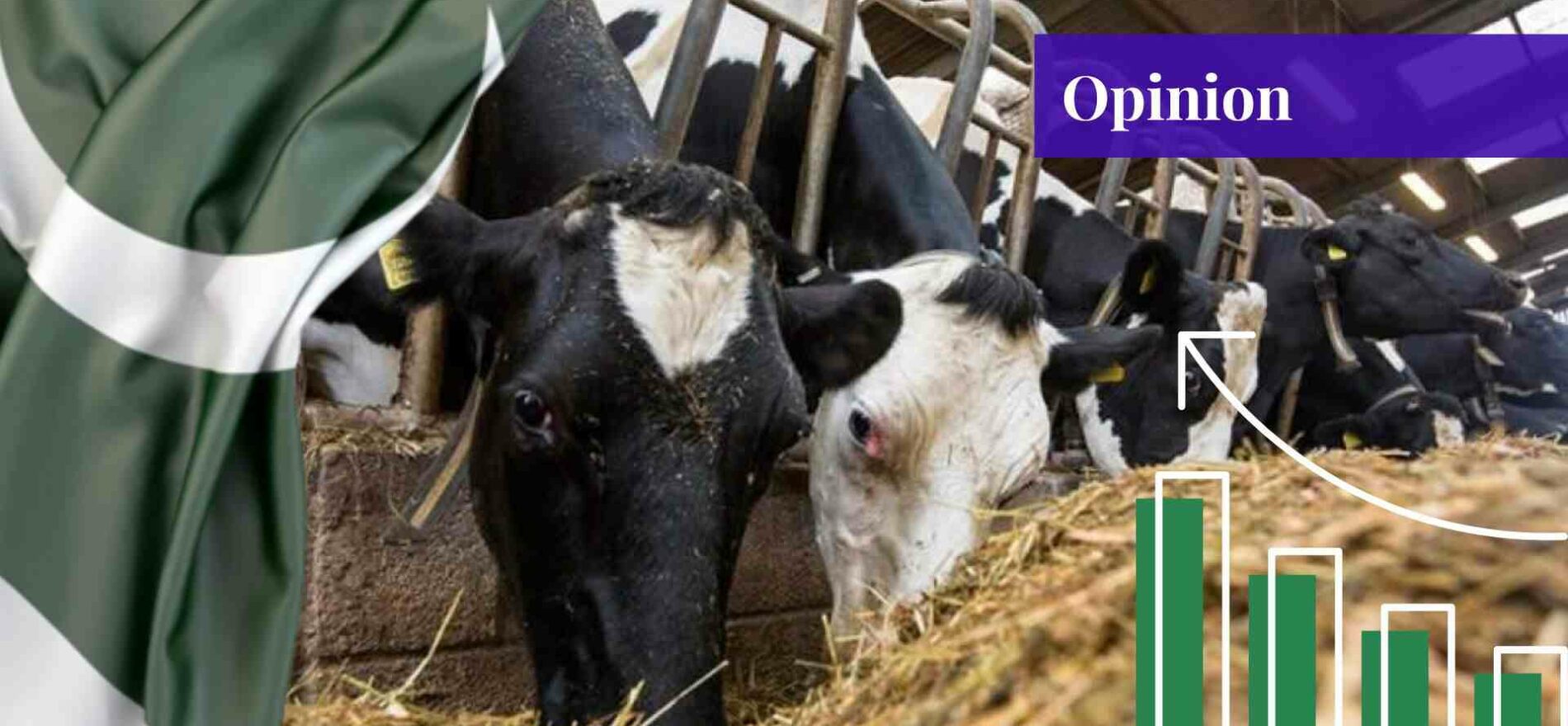Mr Tayyab Aleem is a 2nd-year student of Doctor of Veterinary Medicine (DVM) at the University of Veterinary and Animal Sciences, Lahore.
Introduction
The livestock sector is one of the valued sectors of Pakistan’s economy. It is significant not only as the production factor of the economy but also important for the nourishment and health of the public. The livestock sector shares a prominent part of the GDP, contributing about 14% to the national GDP of Pakistan.
It is the vital organ of the economy for economic growth, poverty alleviation and food security of the country. However, it is the most neglected sector of the state’s economy. Ranging from veterinary health coverage to the market chain system, the government’s efforts seem little.
Dairy Milk
Dairy milk is the major product of livestock. Milk contains more than 10 different types of nutritional components which are crucial for the health of the population. The raw-form milk’s market percentage is 97 which is alarming; it is full of bacteria and other pathogens. The practice of milking does not observe the standards set by the government and concerned authorities.
The departments neither run any campaigns nor take actions against under-standard milking practices. There are many pathogens which cannot be killed by only pasteurization.
Veterinary Hospitals
The veterinary hospitals are in poor condition, lacking proper machinery, medicine and other facilities. The doctors and other staff are few and not sufficient for standard operations. The diagnostic equipment is old and non-operational. The development budget amount needs to improve significantly.
The 2022-23 development budget for the livestock and dairy development from the Government of Punjab stands at Rs. 4 billion only. It is a quite moderate when compared to the worth of the livestock sector. The non-development budget stands at Rs. 15 billion from the Government of Punjab which is also very average for the livestock operations in Punjab.
Emerging Diseases
While the livestock suffer from countless disease outbreaks, the livestock department lacks emergency preparations and services. A recent example is the outbreak of the lumpy skin disease which caused the death toll of livestock to rise to the thousands across the country.
Vaccination and other control measures were taken after a long time. The federal and provincial level concerned departments lack the resources to tackle emerging diseases.
Meat Production
The meat production quality is low in the country, and the animal’s health plays a major role in meat nutrition. There are many diseases in which meat consumption is not safe altogether, but the check-and-balance on meat production is almost none. The tags system which was started by the livestock departments is also not delivering the results it was supposed to.
There is a large quantity of meat which is produced and sold in the markets, but there is a disregard for the animal’s health which poses a serious threat to the general public’s health. The annual meat production during 2021-22 of beef and mutton combined stood at 3.243 million tonnes. The enormous amount of meat when sold unchecked poses a serious health concern for the general public.
Conclusion
The livestock is an integral part of the country which is why the development and non-development budgets should be increased so the requirements of the livestock sector are met. The share of the sector grew to Rs. 5,441 billion in 2021-22, and it provides about 40% of the income for rural families.
The government should ban raw-form milk and take action against raw milk suppliers. The machinery for the packaging of the milk is not very expensive; medium to large-scale milk suppliers can afford the machinery and the government can also subsidize the machinery for small-scale suppliers.
The medicines and other diagnostic facilities with the staff should be provided at least at the district-level hospitals. Moreover, steps should be taken to increase the surveillance of emerging diseases. Meat production is of great concern to the general public and its safety. Hence, there is a dire need for the track-and-trace system for the meat chain to ensure the welfare of the general population.
If you want to submit your articles and/or research papers, please check the Submissions page.
The views and opinions expressed in this article/paper are the author’s own and do not necessarily reflect the editorial position of Paradigm Shift.



















